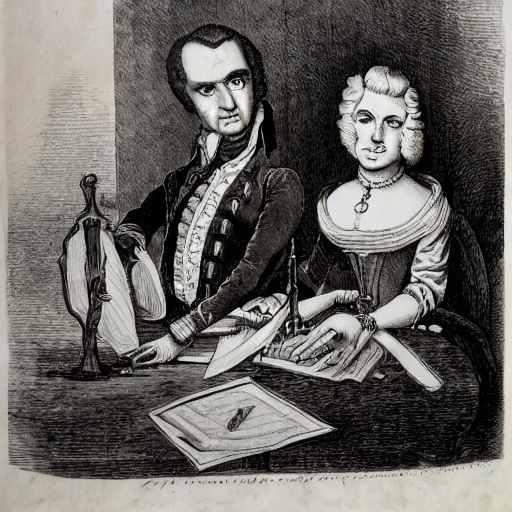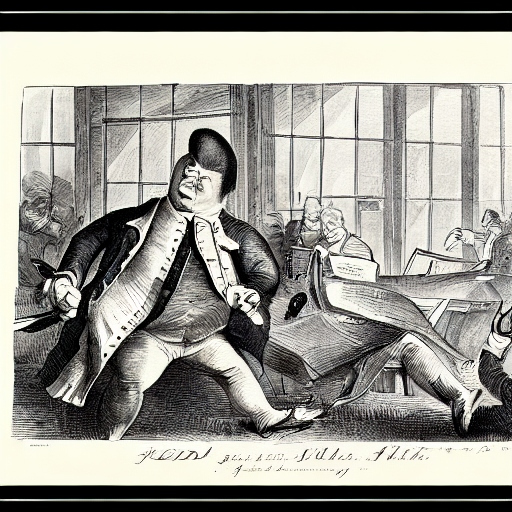What is Goodwill
Goodwill is an intangible asset that represents the value of a company’s reputation, relationships, and other intangible factors that contribute to its overall worth. It is typically associated with established companies that have a long track record of success and a strong brand.
It is often referred to as “the premium that a buyer is willing to pay over and above the intrinsic value of a business.” In other words, it represents the additional value that a company has beyond its tangible assets, such as its physical property, equipment, and inventory. This value can come from a variety of sources, including a strong customer base, a positive reputation in the industry, and long-term contracts with suppliers or customers.
Goodwill can be a significant contributor to a company’s overall value, and it is often included in the price of a company when it is bought or sold. For example, if a company has a strong brand and a loyal customer base, it may be able to command a higher price when it is sold because of the goodwill it has built up over time.
There are several ways that companies can build and maintain goodwill. One of the most important is to consistently deliver high-quality products or services to customers. This can help to build a strong reputation and foster customer loyalty, which can in turn contribute to the overall value of the company. Companies can also build goodwill through charitable acts, such as donating to charities or participating in community service projects, as this can help to build positive relationships with customers and other stakeholders.
Goodwill is typically calculated as the difference between the purchase price of a company and the value of its tangible assets. This calculation is often referred to as the “goodwill method.”
To calculate goodwill using the goodwill method, you would follow these steps:
Goodwill is an intangible asset that represents the value of a company’s reputation and intangible factors that contribute to its overall worth.
-
- Determine the purchase price of the company: This is the amount that was paid to acquire the company.
-
- Identify the company’s tangible assets: These are assets that have a physical form and can be easily valued, such as property, equipment, and inventory.
-
- Determine the value of the tangible assets: This can be done by estimating the market value of each asset or by using the book value (the value listed on the company’s balance sheet).
-
- Calculate the intangible assets: Subtract the value of the tangible assets from the purchase price to determine the value of the intangible assets, which includes goodwill.
An Example
A simple example, let’s say that Company A is purchased for $10 million. The value of the tangible assets is $6 million, which includes property valued at $2 million, equipment valued at $3 million, and inventory valued at $1 million. Using the goodwill method, we can calculate the value of the intangible assets as follows:
Intangible assets = Purchase price – Value of tangible assets Intangible assets = $10 million – $6 million Intangible assets = $4 million
In this example, the value of the intangible assets, including goodwill, is $4 million.
It’s important to note that the goodwill method is just one way to calculate goodwill, and other methods may be used in certain situations. Additionally, the value of goodwill can change over time based on a variety of factors, such as changes in the company’s reputation or financial performance.
In Summary
In summary, goodwill is an intangible asset that represents the value of a company’s reputation, relationships, and other intangible factors that contribute to its overall worth. It is an important contributor to a company’s overall value and can be built and maintained through consistent delivery of high-quality products or services, as well as through charitable acts and community involvement.







